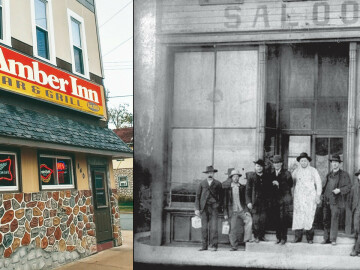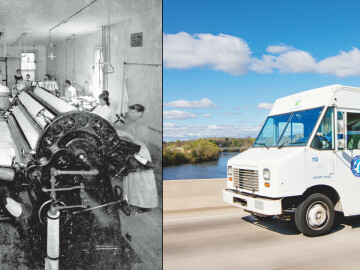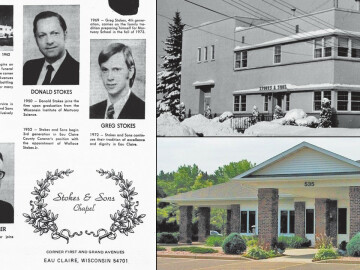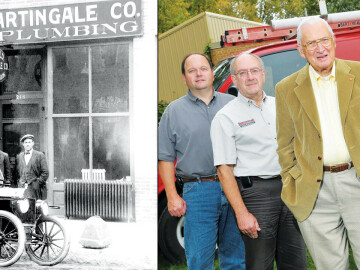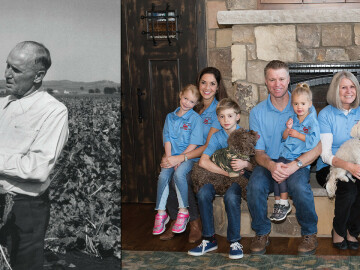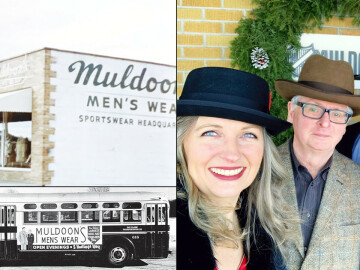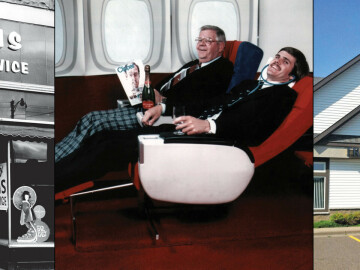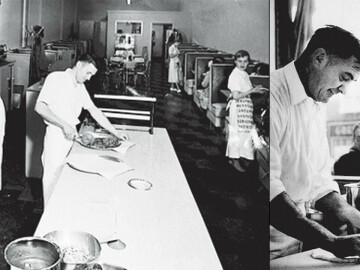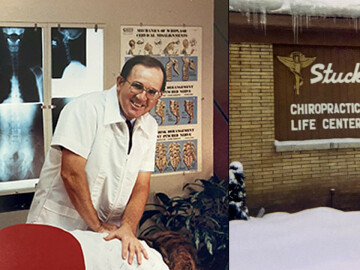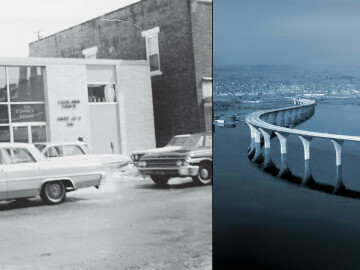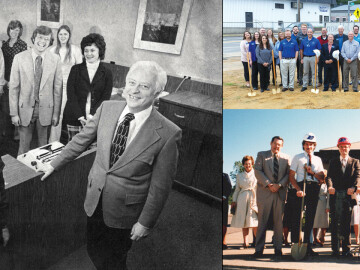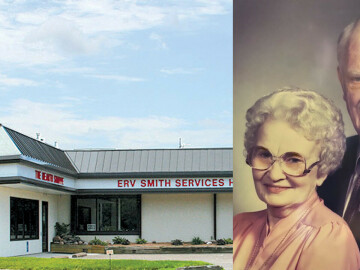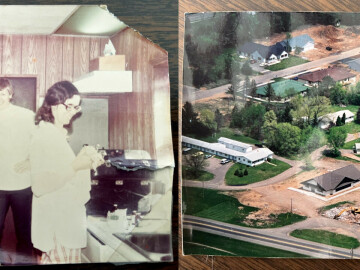Sesquicentennial Stories: Pioneering Physician
Eau Claire woman campaigned for suffrage, temperance

Learning about a doctor who had three academic degrees and was very active in the community is not too surprising. However, learning about a woman who fit this description and began her education shortly after the Civil War might be unexpected.
Annette J. Shaw was born in Vermont in 1847. She began her education at Barton Academy. When Annette turned 15 in 1862, she began teaching and accumulated 16 terms of educating younger pupils. She then went to Green Mountain University in Vermont, a private liberal arts college that was affiliated with the United Methodist Church; it began in 1834 and closed in 2019.
In 1869, Annette entered Lawrence University in Vermont, graduating with a Letters and Sciences degree in 1873 (today this would be a BA). She stayed at the college and received her second degree, theology, in 1876. She was ordained as a Universalist minister in 1877 and served the cities of Barton and Charleston for five years.
Dr. Shaw’s grooming and clothing were often the topic of conversation by reporters. One article reminded readers that “the lady is a physician having a very large practice with no time and small inclination to attend to flowing locks and chiffon frills.”
Annette moved to Blue Island, Illinois in 1881, preaching and attending medical school. Blue Island was established in the 1830s and prospered because it was a day’s journey to Chicago. In March 1884, Dr. Shaw received her diploma from Bennett Medical College. While she was in Chicago, she joined the Women’s Christian Temperance Union and became active in the organization.
In November 1884, Dr. Shaw moved to Eau Claire. From 1884 to 1889 she had a practice with Dr. Mary Spaulding on Barstow Street. In 1890 Dr. Spaulding and her family moved to Idaho.
Dr. Shaw remained in Eau Claire and was the president of the Woman’s Christian Temperance Union in Eau Claire. The organization founded a home for “fallen women” in 1888. Dr. Shaw was the presiding doctor there.
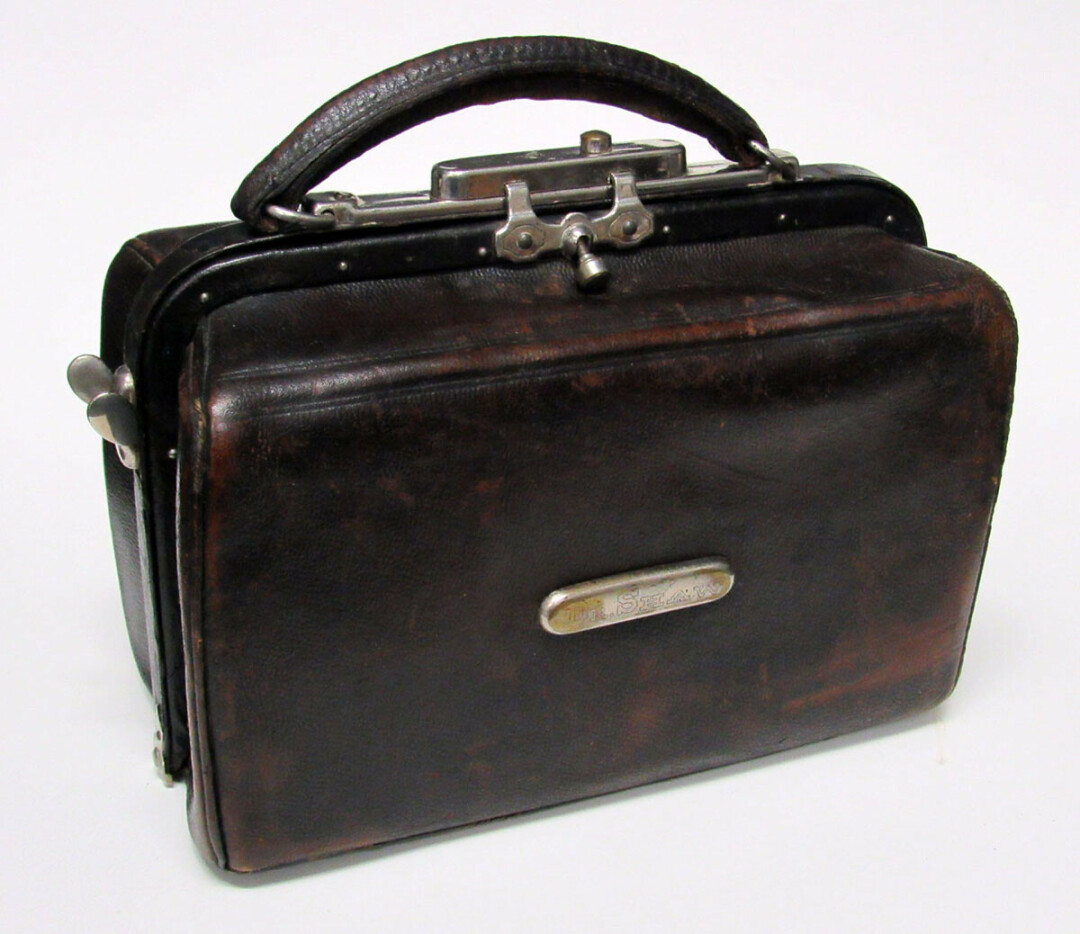
Dr. Shaw was actively involved in the suffragist movement in Wisconsin. She traveled throughout the Midwest speaking about heredity and social purity.
Her grooming and clothing were often the topic of conversation by reporters. One article reminded readers that “the lady is a physician having a very large practice with no time and small inclination to attend to flowing locks and chiffon frills.” Another article felt the need to mention she wore no hat during her speech.
In January 1903, Dr. Shaw had the distinction of receiving the first wireless message in Eau Claire.
About 1909, Dr. Shaw moved back to Greenfield to live with her mother (her father had died in 1878). After her mother passed away in 1912, she moved to the Mayham residence, living with seven other boarders. Dr. Shaw passed away in 1920. She lived long enough to see Prohibition pass but missed seeing women get the right to vote by a year.
Dr. Shaw was a very interesting woman who paved the way for the next generation of women to get the vote they deserved and the careers they dreamed of.






